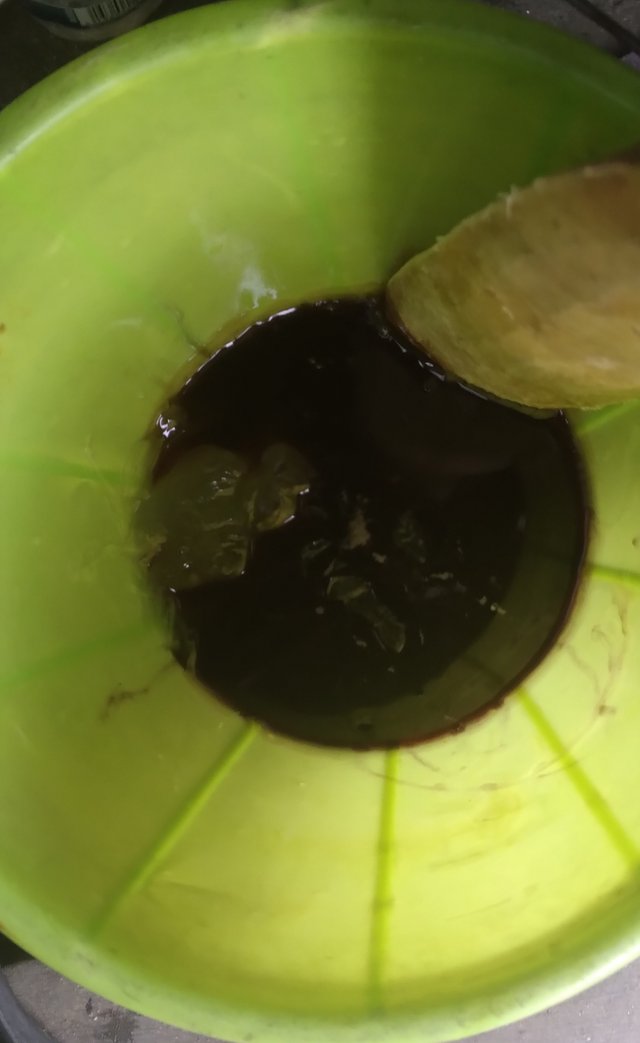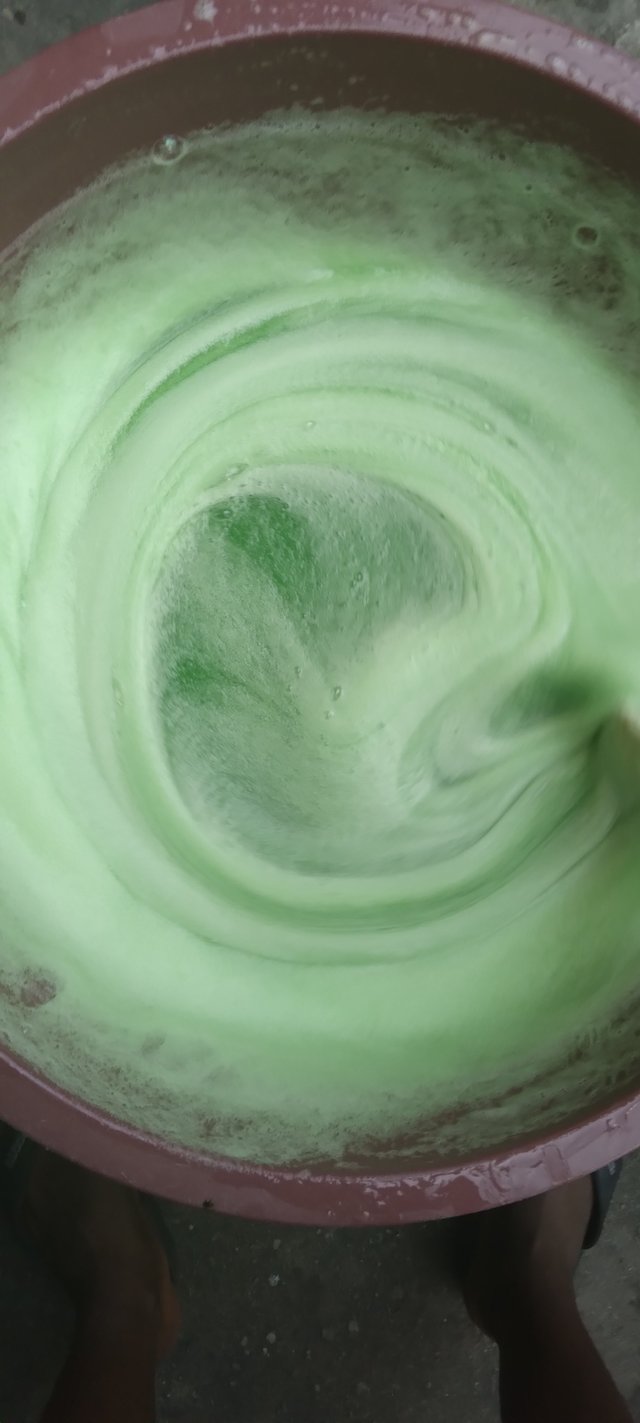INTRODUCTION
Liquid soap is coming to be a very important product in the country today. Many use it for domestic purposes at home, restaurants and eateries to wash clothes and kitchen utensils.
The demand for liquid soap is increasingly getting high, this is because it is easier and cheaper to use than every other washing substances. Alot of people are now embarking into the business as the capital for production is usually very low and one may not need any further teaching since internet has made everything wonderful in this era of ours.
CHEMICALS REQUIRED
- Water
- Sulphonic acid
- Caustic soda
- Soda ash (Sodium carbonate)
- Texapon
- Foam booster
- STTP
- Nitrosol/Antisol
- SLS ( Sodium Lauryl Sulphate)
- Colour (As desired)
- Perfume (As desired)
- Glycerine (Optional)

Photograph of the required chemicals
DESCRIPTION AND FUNCTIONS OF CHEMICALS USED FOR PRODUCTION OF LIQUID SOAP
Water:
Water is the main content or solvent needed for dissolving other chemicals. It is very lessortant in liquid soap production.
Sulphonic Acid :
It is a dark looking liquid substance. It is a foaming and cleaning agent and serves to boost the performance of the SLS. It is a very strong acid and can be very corrosive. please beware.
Caustic soda:
It is a whitish crystalline substance that looks much like a sample of granulated sugar, and forms a strong base when dissolved in water and can be corrosive if in contact with the skin. It is a vital ingredient in the soap making process. It serves as the stain or dirt removing agent in the liquid soap.
Soda Ash:
It is also a whitish substance but with much coarse grains, it serves to regulate the concentration of the Caustic Soda which ordinarily is corrosive to the skin. It helps to neutralize it.
Texapon:
Texapon is a pasty and jellylike substance, which also functions as a foaming agent and serves as foaming booster too. As someone who produces liquid soap, you can decide not to use Texapon and SLS together in same production; because both perform almost same function.
Foam booster:
This has a transparent look and also comes in liquid form. As the name implies, it propels the liquid soap to foam very well.
STTP:
STPP is a sodium salt of triphosphoric acid, with the appearance of white crystal powder looking very much like a table salt. It is an active cleaning agent too and enables the SLS to work on its full power
Nitrosol/Antisol:
This serves as a thickener in liquid soap production. It is a whitish substance and has the composition of a powdered milk. Nitrosol (otherwise called Instant) will dissolve immediately in water, but Antisol takes longer time to dissolve in water.
SLS ( Sodium Lauryl Sulphate):
SLS looks like rice grains and is whitish in colour too, and serves as the main active foaming agent. It is a surfactant which helps to lower the surface tension of the aqueous solution.
Colour (As desired):
Normally comes as a powder and should be diluted with water before adding to the soap mixture. The colour strengthens the elegance of the finished product. The Most common colour producers go with is green colour.
Perfume (As desired):
It gives your soap a sweet fragrance. Most preferred perfumes are the lemon, pineapple, ambipur, lavender or strawberry fragrance.
Glycerine (Optional):
Usually helps your skin to stay hydrated and soft after using the soap.

OTHER REQUIREMENTS ARE
- A big mixing bowl
- Wooden spoon or stick for stirring
- Measurement bowl or container
- Hand glove
- Nose mask
- Rubber gloves
PREPARATORY PROCEDURES
STEP 1:
- Get a big bowl or basin, pour the desired quantity of water into the basin. For Example 10litres.
- Dissolve and mix the ingredients into different bowls with little amount of water one after the other. As follows;
- Mix the sulphurnic and texapon together in a bowl, stir very well.

- Dissolve the caustic soda in a bowl with little water and stir very well. Note: don't touch with bare hands because its very hot and can cause skin irritation.
- Dissolve the soda ash with little water in a separate bowl and stir very well.
- Dissolve the SLS in a bowl with water and stir very well.
- Dissolve the colour in a bowl with water and stir very well.
***Please note that any amount of water used to dissolve the chemicals must be taken from the large quantity of water. For example 10 litres.
STEP 2:
Dissolve the Nitrosol with the desired litres of water (10 litres of water) in the bigger mixing bowl just before production. In case you want to use Antisol in preference to Nitrosol, dissolve in same amount of water and let it stay for at least 24-48 hours before production. Note: this should be properly dissolved giving a ‘starchy solution’ at the end.

Photograph of the dissolved NitrosolAdd the dissolved Caustic Soda into the mixing bowl above and stir properly.
Add the dissolved Soda Ash next and stir very well.
Next, add the STPP and stir properly
Add the Dissolved SLS and stir more.
Add Foam Booster to make it foam very well.
Glycerine can be added at this point. Dont forget to stir very well.
Finally, allow the lather formed to disappear, then add the dissolved colour and perfume, and stir properly.
Now add the remaining water. Do this slowly, little quantity at a time, stir each time and pay close watch on the thickness until the desired is achieved.


Already mixed liquid soap
Note:
Following this order is very important; because if otherwise, you may end up producing something not appealing to you and other persons. Some persons believe that the SLS and Texapon should not be used together, it’s either one uses Texapon alone or SLS alone, but not the two. Like I mentioned earlier, there are different methods of production and it is advisable that one should stick to whichever that works for him. For me, I use the both.
Also, the manner one mixes the SLS, Texapon. STPP, Sulphonic and Foaming Booster doesn’t really matter. The important thing is that the Caustic Soda goes into the mixing bowl containing the Nitrosol/Antisol first, then followed by Soda Ash, then these (SLS/Texapon. STPP, Sulphonic and Foaming Booster), Vitamin E and Glycerine, and Finally Colour and Perfume.
QUALITIES EXPECTED FROM A GOOD LIQUID SOAP

The following are expected from a good soap;
- It's expected to foam very well.
- A sweet fragrance.
- An appealing colour
- Must be durable.
- Must not cause any form of irritation to the skin.
PRECAUTIONS AND SAFETY DURING PRODUCTION
- Wear rubber gloves and Use nose mask.
- Carryout production in a well-ventilated environment with good illumination.
- In case of chemical splash to the face or delicate part of the body, wash thoroughly with enough water and visit a physician as soon as you can.
- Keep all chemicals out of reach of children.
- Never try to taste any chemical with the tongue.
- Wear your apron or other protective clothing before you commence production.
- Most importantly, don’t play with chemicals please.
Etc
CONCLUSION
This article has been carefully composed to guide those who may wish to produce liquid soap by themselves. Note that there might be other methods used for production, you may nevertheless, stick to whatever method that will best work for you in future. You can begin the business today on your own and specialize in the production and marketing of liquid soaps to make a lot of money for yourself.
Thanks for your time! I hope this is helpful.
.jpeg)
Thank you for your nice post, please to get a constant support from us, consider joining our curation trail or delegating
Downvoting a post can decrease pending rewards and make it less visible. Common reasons:
Submit
Please next time write on paper Steem Skillshare and your username on the photo
Downvoting a post can decrease pending rewards and make it less visible. Common reasons:
Submit
Okay... Thank you
Downvoting a post can decrease pending rewards and make it less visible. Common reasons:
Submit